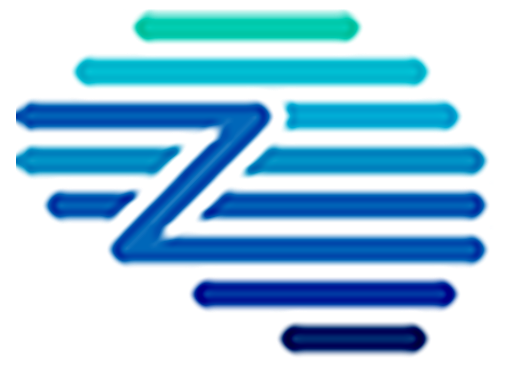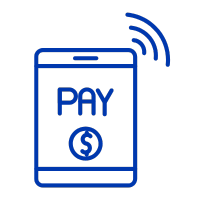Demand Forecasting is the process of predicting future customer demand for products or services based on historical data, market analysis, and statistical models. This helps organizations make informed decisions regarding production planning, inventory management, and resource allocation. It aims to optimize supply chain efficiency and reduce the risk of overproduction or stockouts by estimating demand over a specified time period.
Key Benefits
– Inventory Optimization: Demand forecasting allows organizations to optimize inventory levels by predicting future demand more accurately. This minimizes excess inventory, reduces carrying costs, and avoids stockouts by ensuring inventory is aligned with actual consumer demand.
– Resource Allocation: With reliable demand forecasts, businesses can efficiently allocate resources, including labor and production capacity. This ensures that operational resources are appropriately matched with expected demand, improving efficiency and controlling costs.
– Risk Mitigation: Demand forecasting helps in identifying potential supply chain disruptions and demand spikes, enabling a proactive approach to risk management. Organizations can develop contingency plans and respond swiftly to changing market conditions.
– Financial Planning: Accurate demand forecasts contribute to better financial planning by providing a clearer view of future sales, assisting in budgeting, and revenue projections. This foresight supports strategic decision-making and financial stability.
– Improved Supplier Relationships: By sharing demand forecasts with suppliers, companies can enhance collaboration and ensure that suppliers are better prepared to meet future demand, fostering stronger and more reliable supplier relationships.
Related Terms
– Inventory Optimization: Demand forecasting allows organizations to optimize inventory levels by predicting future demand more accurately. This minimizes excess inventory, reduces carrying costs, and avoids stockouts by ensuring inventory is aligned with actual consumer demand.
– Resource Allocation: With reliable demand forecasts, businesses can efficiently allocate resources, including labor and production capacity. This ensures that operational resources are appropriately matched with expected demand, improving efficiency and controlling costs.
– Risk Mitigation: Demand forecasting helps in identifying potential supply chain disruptions and demand spikes, enabling a proactive approach to risk management. Organizations can develop contingency plans and respond swiftly to changing market conditions.
– Financial Planning: Accurate demand forecasts contribute to better financial planning by providing a clearer view of future sales, assisting in budgeting, and revenue projections. This foresight supports strategic decision-making and financial stability.
– Improved Supplier Relationships: By sharing demand forecasts with suppliers, companies can enhance collaboration and ensure that suppliers are better prepared to meet future demand, fostering stronger and more reliable supplier relationships.
References
For further insights into these processes, explore Zycus’ dedicated resources related to Demand Forecasting:
- Elevate Your Supplier Due Diligence: A Strategic Guide for Procurement Leaders
- How to Automate Invoice Processes Using 3 Way Invoice Matching Software
- Benefits and Challenges You Didn’t Know about Spend Management
- The looming talent crisis in procurement and how technology can help
- Unveiling the Hidden Benefits of AP Automation and E-Invoicing
White Papers
Master the UK Procurement Act 2023: Ensure Compliance & Drive Procurement Excellence

Filter by
Compliant Invoicing
Compliant Invoicing refers to the process of generating, submitting, and managing invoices in adherence with legal, regulatory, and contractual requirements.
Continuity Plan
A Continuity Plan is an organized set of policies and procedures designed to ensure that a company’s essential operations can
Cost Modeling
Cost Modeling in procurement refers to the analysis and estimation of the total cost of ownership of a product or
Contract Audit
Contract Audit is a systematic evaluation of agreements and related documentation to ensure compliance with contractual terms, identify discrepancies, and
Procurement Cycle
The Procurement Cycle refers to the end-to-end process through which an organization identifies its needs, sources suppliers, negotiates contracts, places
Procurement Master Data Management
Procurement Master Data Management is the disciplined approach to managing core, consistent procurement information, including supplier, product, and contract data,






















































